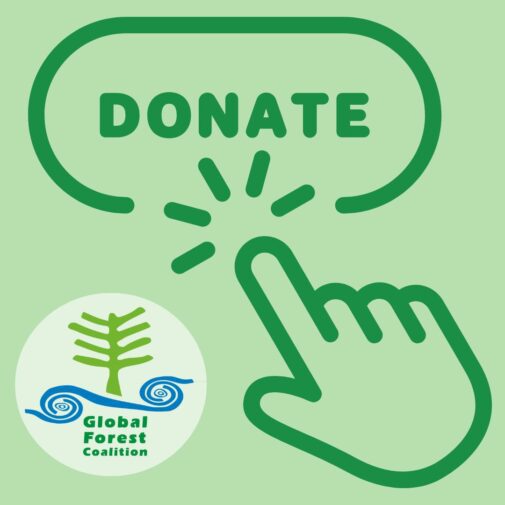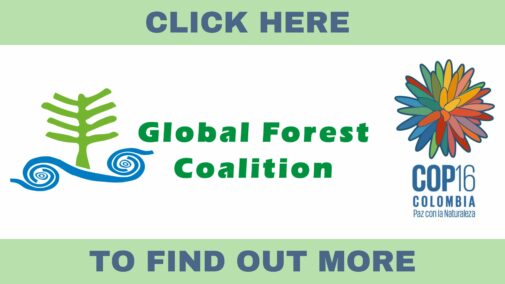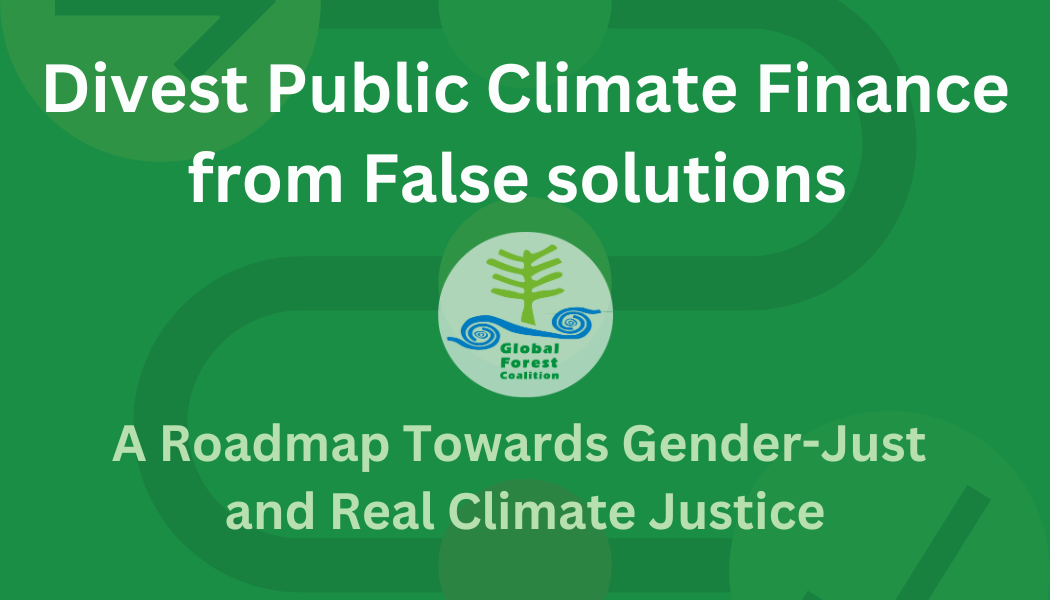A volunteer’s introduction to the Community Conservation Resilience Initiative
By: Jan Carl Matysiak*
After my environmental science studies I decided it would be good to experience the real world, beyond the seminars in university. So I applied for a programme run by the German government called Weltwärts that gives me the opportunity to work for one year at a South African organisation called GeaSphere. Now you might ask yourself: That sounds nice but how does this connect to the Global Forest Coalition? I may answer that this is the story of how I came to the CCRI congress. When you take into account the fact that I arrived only two weeks before the congress started in South Africa, you can imagine I still felt like a visitor from another world.
Through the introduction speech by Simone Lovera I realised that there is so much to think about. I was not aware of the importance of the role of indigenous people for the conservation of the environment. She said that these communities are well adapted to the landscape they live in and that these cultures help to preserve local ecosystems.
The presentation of the people of the Oromia Region in Ethiopia showed this excellently. Through the CCRI process they identified the fact that the sacred natural sites (SNS) in their region are under pressure. The research was done in 3 Kebeles (little communities) near to the Bale Mountain. It showed that there are only 18 of the original 72 SNS left. These are places in their environment that have a special meaning for people in the region in a variety of ways. For example they are important for worshipping and solving local conflicts, but they also provide a safe place for women.
These important places are not under formal protection of the government and as a result they have become threatened. The indigenous people see this threat and have started to undertake research about their own sacred places. They found out that SNS are not only important for society but also for the environment. The research shows that these places include water sources and wetlands and provide ecosystem services, which are necessary for the communities.
When I listened to this presentation I realised what Simone really meant. Through the course of history people have adapted to living with and managing local ecosystems to ensure they provide the services that their communities actually need. Ecosystems are thus part of the framework that societies are built on. The research undertaken by these people, about these very sacred places, shows how responsible and how modern these traditional societies really are.
*Jan Carl Matysiak is a volunteer of Geasphere











